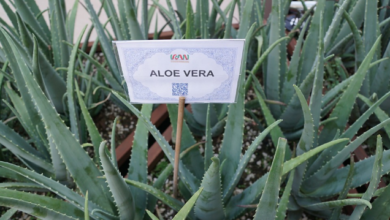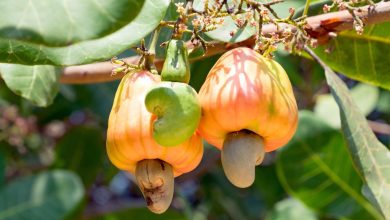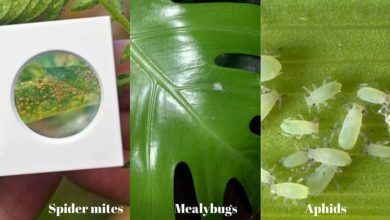Portulacaria Afra: [Crop, Irrigation, Associations, Pests and Diseases]
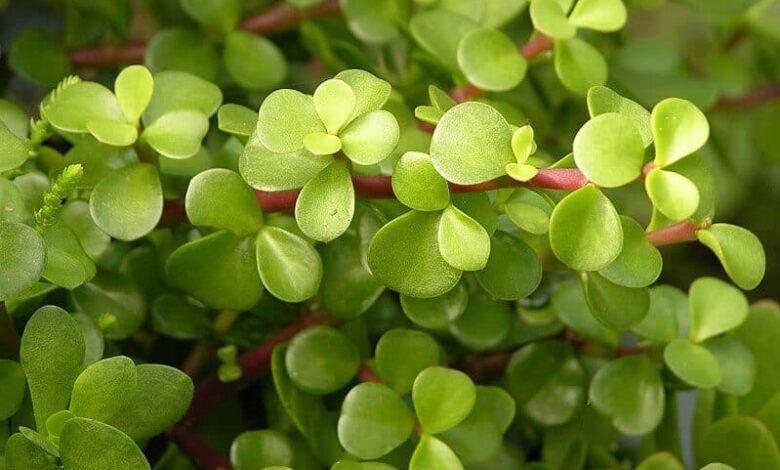
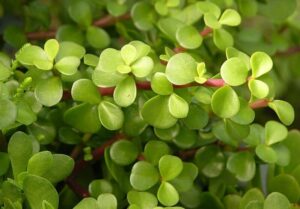 Where to sow? In full light. It needs a lot of sunlight.
Where to sow? In full light. It needs a lot of sunlight.- When? In spring or summer.
- How do we prepare the land? Removed, eliminating weeds . Withnormal garden substrate and ¼ of your and ¼ of sand, with good drainage.
- How do we water? With drip
- How often do we water? In summer , once a week. Rest of the year, wait for the soil to dry out and then water without excesses.
- Plagues and diseases? Resistant to pests and diseases. Only excessive watering can endanger it.
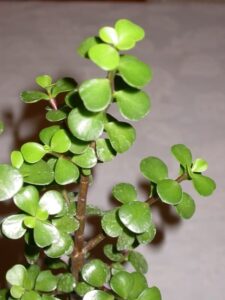 This plant belongs to the Portulacaceae family and comprises a single species called Portulacaria afra.
This plant belongs to the Portulacaceae family and comprises a single species called Portulacaria afra.
It is native to South Africa, in tropical and desert areas and is known by the common name of portulacaria, elephant grass or tree of plenty.
It belongs to the group of succulent or succulent plants and can sometimes reach up to 5 meters in height. Its leaves, about 2 cm long, are oval or rounded, tender and juicy.
It blooms in late spring with small pink flowers that appear in tufts.
When to sow the Portulacaria afra?
Where to do it?
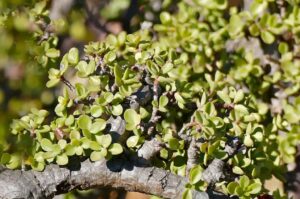 The portulacaria afra needs a location in full sun. If the environment is cold winter, it is necessary to grow it in a pot to protect it in the coldest season.
The portulacaria afra needs a location in full sun. If the environment is cold winter, it is necessary to grow it in a pot to protect it in the coldest season.
It can be grown in temperate climates but do not have strong frosts; placing them in pots, in greenhouses or in the garden.
They are used for hedges, in rockeries or in pots and also in the Japanese art of ikebana. It is an interesting plant to grow in gardens by the sea.
How to prepare the land?
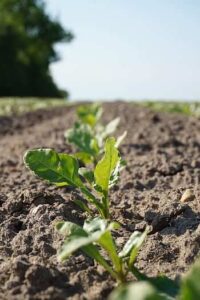 Among the factors that affect the good establishment and productive behavior of the portulacaria afra, are the adaptation to the soil, the climate and the different types of substrate.
Among the factors that affect the good establishment and productive behavior of the portulacaria afra, are the adaptation to the soil, the climate and the different types of substrate.
The most indicated for the cultivation of the portulacaria afra would be a specific soil for cacti, or to have a mixture of vegetable compost with river sand and clay of siliceous origin.
You can also have volcanic rock gravel, 50% with sand, or pumice stone, very porous.
Some gardeners recommend growing the portulacaria afra in normal garden soil, but that the substrate contains 1/4 of peat and another 1/4 of sand.
If the soil does not provide what the portulacaria afra plants require then they cannot grow, multiply or flourish well and healthily. The most important thing for preparing the land for growing portulacaria is that it has good drainage.
How do we water the Portulacaria afra?
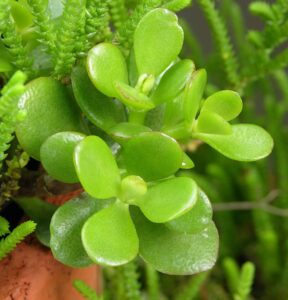 The portulacaria afra requires little irrigation, avoiding waterlogging of the substrate as much as possible, reducing irrigation to a minimum in winters in cold areas.
The portulacaria afra requires little irrigation, avoiding waterlogging of the substrate as much as possible, reducing irrigation to a minimum in winters in cold areas.
Like all succulent and succulent plants, it has the ability to retain water, both in the trunk and in the small leaves, which allows it to withstand prolonged periods of drought.
Afra portulacarias can be watered once a week in summer and watering the rest of the year.
It is necessary to be very careful with the amount of irrigation that is supplied to this plant, since an excess can affect it and even cause problems with fungi.
An unequivocal sign that the plant is receiving a lot of watering is that the leaves begin to turn blackish in color and on the contrary, if it is receiving little watering, its leaves will begin to wrinkle.
Another important fact regarding watering portulacaria is not to spray water on its leaves because they tend to stain.
How do we sow a Portulacaria afra step by step?
The portulacaria afra can be planted in summer using cuttings sown in sand. It has a great capacity for the stems to root and can be sown throughout the year.
To sow the portulacaria afra, using stem or leaf cuttings, the following steps can be followed:
- Cut the cuttings in spring or summer preferably.
- Dry, the cuts, about two days.
- Plant in a substrate that is sandy and moist in a pot or in a garden.
- Place the crop in a well-lit area with a warm temperature, around 18ºC to 20ºC.
- Water the plant and verify that the substrate is moist.
- It will start to root in a few weeks.
What favorable associations does it have?
The portulacaria afra is a succulent so it could be cultivated with others of the same species since the requirements and care are the same for all these species.
What pests and diseases attack the Portulacaria afra?
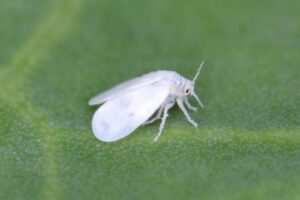 The portulacaria afra is a plant resistant to pests and diseases and its only danger is excessive watering that can generate some problems with fungi and even kill the plant.
The portulacaria afra is a plant resistant to pests and diseases and its only danger is excessive watering that can generate some problems with fungi and even kill the plant.
In the case of excess or lack of watering it can suffer from root rot. The AFRA Portulacaria can be attacked very rarely, by scale insects, flies white and mites.
To take care of it from the attack of these pests, it is necessary to inspect under its leaves and along the stem and eliminate them with a cotton swab soaked in alcohol, repeating the operation every 15 days, until they disappear.

